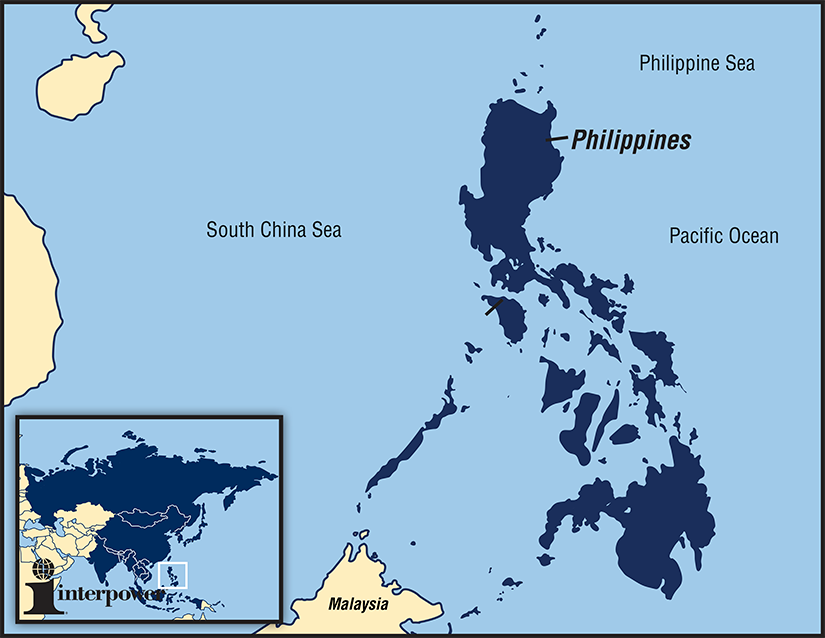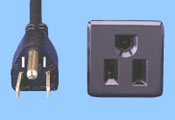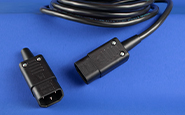Exporting to the Republic of the Philippines

| THE REPUBLIC OF THE PHILIPPINES | |
|---|---|
| Actual population* | Population world ranking |
| 107,668,231 | 13 |
| Actual GDP (PPP)* | GDP world ranking |
| $454,300,000,000 | 32 |
| Actual GDP(per capita)* | GDP (per capita) world ranking |
| $4,700 | 165 |
*See the end of this blog for definitions
Good potential exists for exporting to the Republic of the Philippines. While there are challenges, there are also trade opportunities.
Different market entry strategies are available, including working with an agent or a distributor or partnering with a franchisee. Market research and due diligence are crucial for a company wanting to export to the Philippines. Numerous sources can be consulted for more information, including www.export.gov/philippines, www.gov.uk, and through the Philippines Department of Trade and Industry. The DTI’s website includes information on import services, how to start-up a business, and product certifications.
A huge emphasis within the business culture is on personal contact and doing business with people versus companies. Face-to-face meetings are the best way to engage in business activities. Enter the market through an introduction by an intermediary. Establish a pleasant atmosphere and strive to keep it that way through all of the business dealings. Knowing the business customs and behaviors, knowing the best ways to show respect, and knowing the acceptable business etiquette are all essential for a company’s success. To learn more about accepted business practices, there are a variety of resources available, including the United Kingdom Trade and Investment and the United States Commercial Service.
Customs and standards also need to be considered carefully. The Bureau of Customs is responsible for import requirements and documentation. Information on customs regulations may be found at www.customs.gov.ph. For information on standards and knowing what the regulations are, check with the Bureau of Philippine Standards at www.bps.dti.gov.ph. Other website sources to consult for information include www.export.gov/philippines and www.gov.uk.
The Philippines is located in East Asia and is a member of the World Trade Organization and the Asia-Pacific Economic Cooperation.
While the official national language is Filipino/Tagalog, English is commonly spoken and is considered the primary business language. Throughout the country, there are over 80 dialects spoken. It is common to hear “Taglish” which is a combination of Tagalog and English.
 In the Philippines, the voltage used is 220V at 60Hz. The most frequently specified plug patterns are the NEMA 5-15 and NEMA 1-15 plugs.
In the Philippines, the voltage used is 220V at 60Hz. The most frequently specified plug patterns are the NEMA 5-15 and NEMA 1-15 plugs.
Sources:
www.export.gov/philippines
www.gov.uk
www.dti.gov.ph
www.customs.gov.ph
www.bps.dti.gov.ph
*Source: www.cia.gov/library/publications/the-world-factbook/index.html
Country comparison—Population: Population compares estimates from the US Bureau of Census based on statistics from population censuses, vital statistics, registration systems, or sample surveys pertaining to the recent past and on assumptions about future trends. (July 2014 est.)
Country comparison—GDP (Purchasing Power Parity): GDP (purchasing power parity [PPP]) compares the gross domestic product (GDP) or value of all final goods and services produced within a nation in a given year. A nation’s GDP at PPP exchange rates is the sum value of all goods and services produced in the country valued at prices prevailing in the United States. (2013 est.)
Country comparison—GDP – per capita (PPP): GDP – per capita (PPP) compares GDP on a purchasing parity basis divided by population as of 1 July for the same year. (2013 est.)






